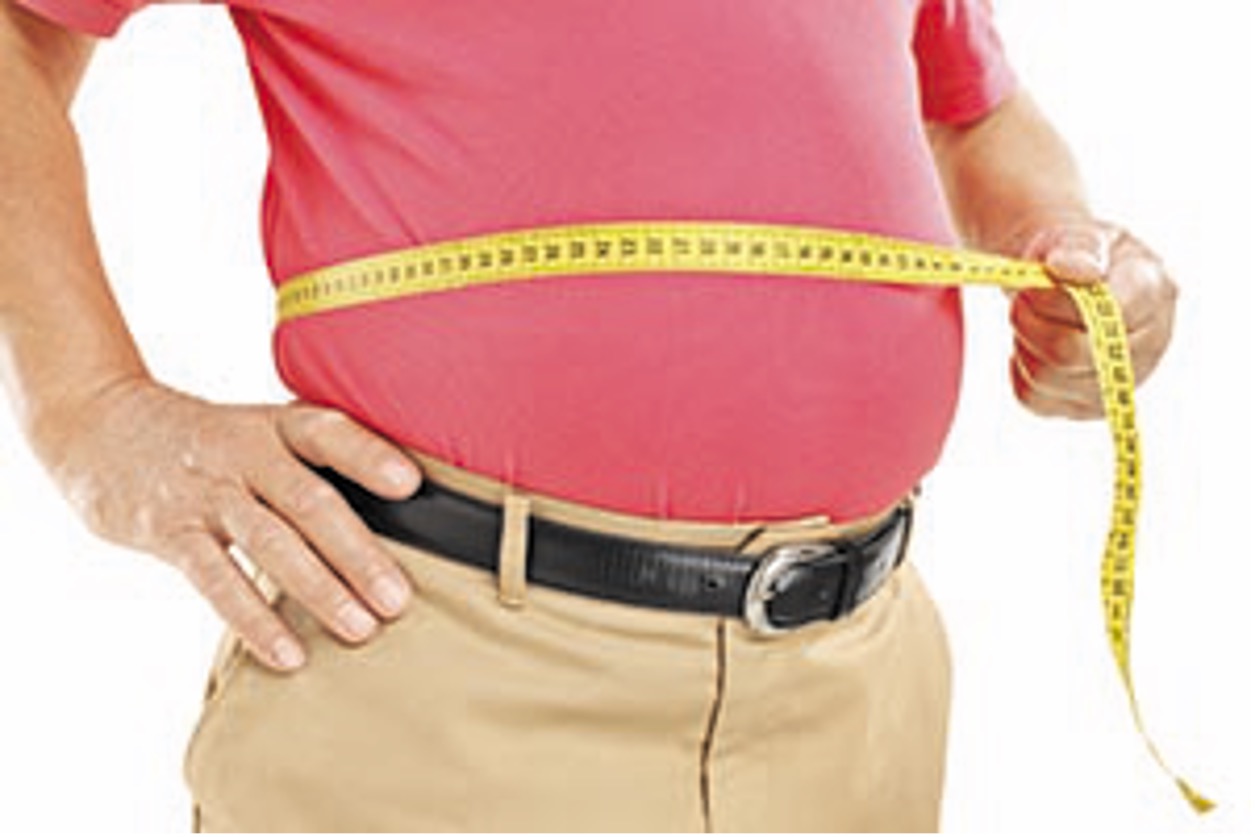Belly Fat! It Needs to Go!
Posted by mjamieson on Aug 9, 2022 in Health Blog | Comments Off on Belly Fat! It Needs to Go!
The “muffin top” and even “man boobs” are very indicative of our overall health. Our waist size says much more about how healthy we are than the scale. As early as our 30’s we can start to see fat storage creeping up in our midsections. At 40 the decrease in estrogen for women accelerates this process. For men, as they gain excess belly fat, their testosterone decreases and estrogen increases encouraging the development of the dreaded “man boobs.” We cannot control normal hormonal changes as we age, but the good news is we can do something to prevent the storage of belly fat despite the hormonal changes!
So why does belly fat get such a bad rap? Belly fat is metabolically active fat, also known as visceral fat. This visceral fat causes premature aging, increases your blood pressure, your blood sugar, and LDL cholesterol, or “bad” cholesterol. Excess visceral fat alters liver metabolism, interferes with neurochemicals resulting in depression, and makes your cells resistant to insulin. Visceral fat is responsible for increased inflammation in the body which can lead to breast and colon cancer, asthma, dementia, diabetes, and heart disease.
The presence of belly fat is a good news, bad news scenario. Belly fat is bad!! But the good news is by making dietary and lifestyle changes you can lose the belly fat! There is no magic bullet for losing belly fat, you do have to commit to lifestyle changes that will keep belly fat at bay. There are lots of diets touting that they can get rid of belly fat in in only 30 days or other spurious claims. Some work, but only for the short term. Making meaningful lifestyle changes that will last for the long haul is what counts.
Over the years I’ve heard so many of my friends express frustration because they are dieting and exercising yet still that belly fat will not budge! The struggle is real! Belly fat is not just a diet and exercise issue. Stress may be the biggest impediment to getting rid of stubborn belly fat! Stress produces cortisol, which increases abdominal fat storage. If you are eating real food, working out, and cannot budge belly fat, stress may be the biggest factor impeding your progress.
What Can You Do?
Eat Fat to Lose Fat!
Add monounsaturated and polyunsaturated fats (otherwise known as MUFA’s and PUFA’S) to your diet to help you to shed the dangerous belly fat first. Think olive oil, nuts, avocado, or flaxseed, to name a few. These healthy fats, while good for you, are calorically dense, so substitute them for the bad fats in your diet versus “adding” them. Keep your saturated fat intake to less than 10 percent of your daily food intake. Some saturated fat is good for you, however, quantity matters. You can still eat a piece of cheese or a pat of butter but don’t make it a mainstay of your diet.
Add omega 3 rich foods such as salmon, tuna, trout, or herring twice a week. That gives you all the Omega 3 you need for your weekly intake. Plant based Omega 3’s are also good, however, know that these are less effective as they are converted differently in your body. You definitely get more bang for your buck by eating the fish. Fats are critical to your diet; however, they are calorically dense so don’t go overboard.
Avoid trans fats, or hydrogenated fats at all costs! These are often found in our favorite junk foods. Junk foods are high in bad fats, offer nothing but loads of empty calories, and do nothing to eliminate that muffin top! Save the pie for a very rare “once in a while” treat! Your arteries will thank you!
Exercise
I realize many people really do not want to hear this, however, aerobic exercise coupled with strength training goes a long way to reducing that dangerous visceral fat. Spot exercises do not work to make your waist size smaller, however, your waist will get smaller when you are burning calories and adding muscle; and that works at any age! Work up to 30 minutes daily and you will see results if you are consistent.
Keep Insulin Levels Stable
Eat smaller meals more frequently, and chew slowly! Grazers avoid the insulin spikes which promote abdominal fat storage. If you eat a piece of fruit, consider having some nuts with it to reduce the sugar rush into your bloodstream and decreasing the likelihood that the sugar will be stored as belly fat.
Avoid Diet Soda
Though this may seem counter intuitive, diet sodas actually make you hungrier because they increase the hormone ghrelin which stimulates appetite. It turns out there is a small study that suggests that ghrelin may actually be related to carbonation rather than artificial sweeteners. This may not bode well for us fizzy water drinkers!
Sleep
Studies have shown that individuals who get less than six hours or more than nine hours of shut eye are more likely to have visceral fat storage. If you experience difficulty sleeping, changes in your diet, adding more exercise, and managing stress often will improve your ability to get a good night’s sleep. Develop a sleep routine, going to bed at the same time each night and rising at the same time in the morning often improves the quality of your sleep.
Reduce Stress
Stress ramps up cortisol production which is well documented as contributing to increased belly fat. Once again, though you may not want to hear it, that brings us back to exercise which can reduce stress. You may want to consider adding meditation, listening to music, or spending time with friends to your day. These are great stress reducers. Vitamin B helps to alleviate stress, so add green leafy vegetables which are rich in Vitamin B.
Moderate Alcohol Consumption
While a glass of red wine has been shown to increase the good HDL cholesterol, moderation is critical. Alcohol has lots of calories and is burned off more quickly so everything else you have consumed is going straight to that belly!
Belly fat is a killer. Visceral fat robs you of your energy and overall health. Many of us know our cholesterol, A1C, and fasting blood sugar numbers. It is also important to know your waist size. Measure at your natural waist, and yes you can suck in your stomach on this measurement! The recommended waist size for women is 35 inches or less. For men, get that number below 40 inches.
Taking steps to reduce belly fat is not easy, but it is doable. Seek the support of friends, social networking groups, your physician, or a health coach. Your physician or health coach can provide valuable information about which are the best foods to eat and which to avoid so that you will be successful in reducing that dangerous belly fat. If you don’t want to do it for your health, then do it for your looks! I’ve never heard anyone complain because they lost their muffin top!
Sources
Mayo Clinic (2021) Dietary fats know which ones to choose. Retrieved from https://www.mayoclinic.org/healthy-lifestyle/nutrition-and-healthy-eating/in-depth/fat/art-20045550
Pietrangelo, A. (2019) What causes stress belly and how to treat and prevent it. Retrieved from https://www.healthline.com/health/stressed-out-belly#health-risks
Sears, W., Sears, M. (2010) Prime Time Health. A scientifically proven plan for feeling young and living longer. Little, Brown Spark Hachette Book Group.
